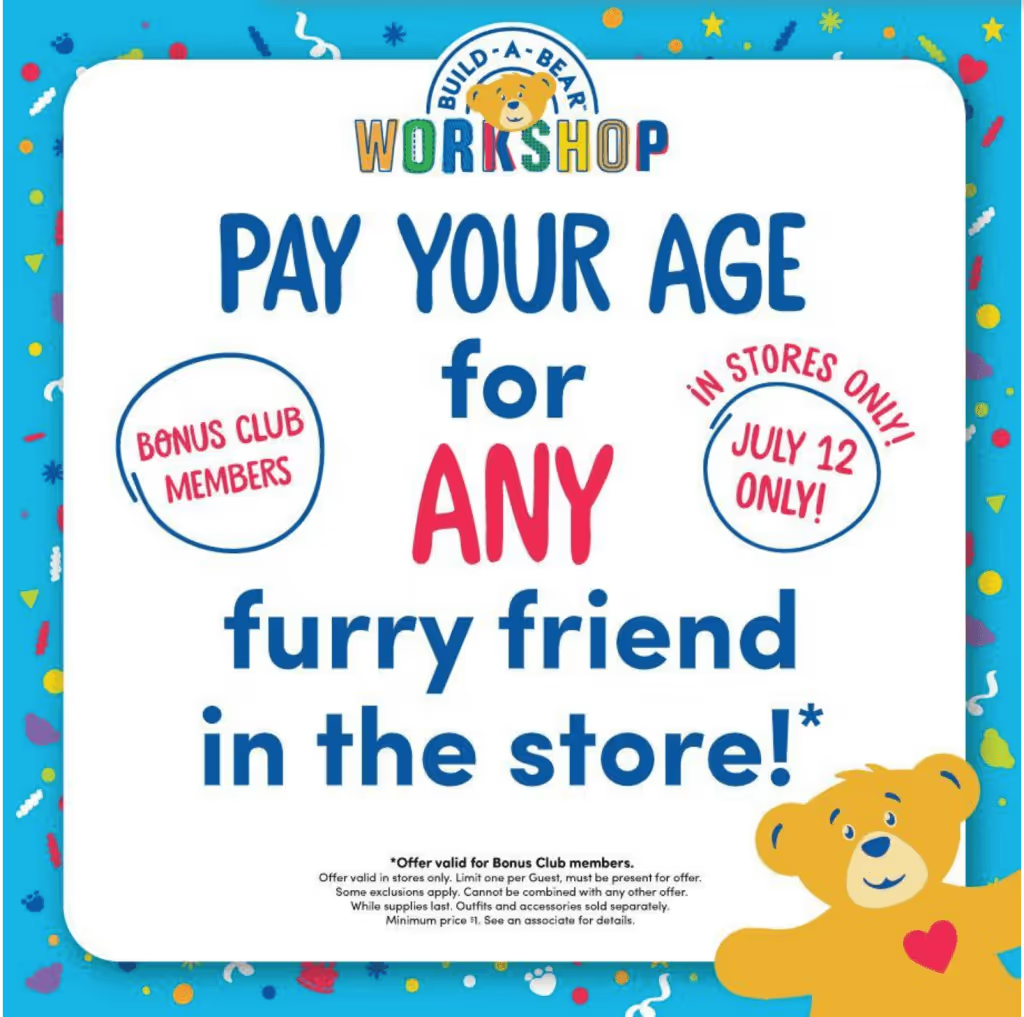Did These 5 Marketing Stunts Go Too Far?
January 5, 2022

Successful marketing is, and always has been about making a statement, getting the word out, and leaving a lasting impression. But is there such thing as too much of a good thing when it comes to crazy marketing stunts? These 5 examples toe the line between attention-grabbing and downright insane…
1. KDND-107.9 Radio’s “Hold Your Wee For a Wii” Competition 🎮
Held in 2007, this American radio competition did exactly what it said on the tin. Participants were required to chug a large volume of water on air, then resist the urge to urinate for as long as possible. The winner got their hands on a Nintendo Wii console.
Sounds ridiculous right? Surely no one would take it all the way?
But one woman, 28-year-old Jennifer Strange, really, really wanted a Wii (in more ways than one). She started to show disturbing symptoms while still live on air, which the radio hosts simply laughed off.
Unfortunately, she was found dead at her home not long after competing, with the coroner ruling her cause of death “water intoxication”.
While not exactly a happy ending, the radio station was ordered by a court to pay the Strange family $16.5 million, accepting responsibility for the silly stunt that ended her life.
Whose fault do you think this tragedy was? The radio station for a foolish marketing stunt, or the individual for sacrificing her health to win a games console?
Either way in terms of marketing stunts, this one definitely went too far, with tragic results. Strange by name, and strange by nature.
2. The Cartoon Network Bomb Scare 👾
2007 was a bumper year for marketing stunts gone wrong. Next up was an effort to promote the new Adult Swim show ‘Aqua Teen Hunger Force’ to the city of Boston. Also known also as the Boston Mooninite Panic, what started out as an innocent and fairly innovative (for its time) attempt at advertising, quickly devolved into a terror alert.
After residents and officials mistook LED advertisement screens depicting the show’s characters, ‘Mooninites’, for IEDs, the city was put on lockdown.
Once the devices were debunked, the two men hired by the TV network to put up the signs were arrested and charged with placing a hoax device to incite panic, a felony charge that carries a 5-year maximum sentence.
Most thought this was a huge overreaction, and the Boston police force was widely ridiculed. However, it is worth putting this into perspective. If we cast our minds back to the early 2000s, a potent sense of panic still loomed large over the Western world following the 9/11 attacks. Bomb scares we’re hardly few and far between at this time, whether legitimate or mistaken. This cultural environment was poorly judged by Adult Swim and its parent company, Cartoon Network.
The cultural event that evolved out of this marketing stunt revealed a lot about US society in 2007, sparking critical debate on everything from terrorism to generational technology gaps, what characterises a “hoax” and of course, America’s favourite topic, freedom of speech.
Eventually, after protests, charges were dropped and no one was convicted of a criminal offence in connection to the stunt-gone-wrong.
But did it really go wrong? If the event still has a cultural presence as a result of the ‘failings’ of this marketing attempt, perhaps it really achieved exactly what it was supposed to? No harm, no foul.
3. Build A Bear’s ‘Pay Your Age’ Promotion 🧸
We’re all pretty familiar with Build A Bear. Their bright yellow shop fronts stole the show on family shopping centre trips as kids, and everyone knew someone who’d been lucky enough to have their birthday party there one year.
The brand has a pretty solid and engaging concept. Every child gets to choose a furry ‘skin’ for their stuffed toy, then watch the stuffing process, customising their beloved bear with its own heart, soundbox, and adorable outfits.
But one day, Build A Bear decided to take things one step further and make their appeal as strong for parents as it was for their kids. Thus, the ‘Pay Your Age’ promotion was born. Another straightforward one, this literally meant if your child was 5, their bear cost $5 etc, with a minimum cost of $1.

In an unanticipated level of popularity, parents rushed to stores to make their little ones’ cuddly dreams come true, for a price that was, for once, within everyone’s budget.
Despite the promotional stunt lasting a single day, Black Friday-style insanity ensued. Crowds were unmanageable and stock levels could not keep up with demand, forcing Build A Bear to close all stores.
It’s very easy to see how Build A Bear went wrong here, and while it doesn’t seem that this poorly executed stunt has had a huge lasting impact on their image, it hardly seems worth the cost either.
However, they didn’t abandon the idea completely. Now, in UK stores, birthday boys and girls get a bear for the cost of their age. This is probably a better approach…
4. Snapple’s ‘World’s Largest Popsicle’ Attempt 🍭
This one is potentially the mother of all marketing stunts, and a personal favourite when it comes to comedic value. What better way to promote your newest ice lolly flavour than with an attempt to beat the Guinness World Record for the largest popsicle ever… in Times Square… in June? What could possibly go wrong?
Well, exactly what you might think would happen, of course, happened. Despite the efforts of freezer trucks, cranes, and ice sculpture specialists, the 35,000 pound, 25 foot tall fruity frozen treat did what ice lollies do on a hot day. It melted.
A sticky tidal wave of Snapple juice (kiwi and strawberry flavour, in case you were wondering), was sent streaming through Manhattan, described as “unsettling” and “quite a lot of fluid” by Stuart Claxton of the Guinness Book of World Records. It’s safe to say he didn’t grant the award to Snapple.
Perhaps the funniest thing that came from this marketing stunt was the official police statement:
“A giant Popsicle being displayed by Snapple has melted in the heat and sun and spilled all over 17th Street. F.D. on scene attempting to wash down the roadway—sticky goo all over the area.”
Talk about stating the obvious.
While Snapple doesn’t seem to operate in the UK market, a quick Google search reveals very little in the way of popsicles, indicating that after this disaster, they may have decided to ‘stick’ to the juice game… 😉
5. McDonald’s’ ‘When the USA Wins, You Win’ Coupons 🥇
Something we know in 2022 but was apparently news in 1984: No one can resist a free Maccies.
McDonald’s USA learned this lesson quickly when they ran a scheme that granted customers coupons with every meal, winning you free food and drink items if the USA won the Olympic event depicted. Gold medal = Big Mac, silver medal = fries, bronze medal = soft drink.
It’s easy to understand why these became the hot currency of the era.
The unlikely downfall? Politics.
After the USA’s refusal to partake in the Soviet Games four years earlier due to conflict in Afghanistan, the USSR decided to return the favour and boycott the Los Angeles Games. Following so far? Well, this meant that the USA team faced little in the way of competition in every event, winning them a record number of medals.
For McDonald’s, this meant giving away a LOT of free food. But to top it off, they made things even worse for themselves. Each free item came with yet another coupon, which if valid could immediately be cashed in, creating an infinite cycle of free food mania!
While the financial cost to the company may have been more than anticipated, McDonald’s cheap meals were, and to an extent still are often a lifeline for low-income families. In the long run, this temporary stunt may have further cemented McDonald’s as a stalwart the US national psyche, harnessing patriotic power with their joint association with the Olympic Games and one thing everyone can get behind: free food.
This marketing stunt may have not gone to plan, but it certainly didn’t damage McDonald’s’ reputation. You know what they say, all press is good press.
Conclusions…
So, these 5 examples leave us with one question: Is there really such thing as a marketing stunt gone ‘wrong’? Attention, whether completely positive or otherwise, gets people talking. In a world before smartphones and Twitter, big, press-generating stunts like those we’ve outlined were a surefire way to create a buzz around a brand (as long as nobody died, that is).
This generation’s consumer audience varies massively from that of the 1980s and even the early 2000s. They want the brands they associate with to have strong company values and demonstrate them in everything they do, both on and offline. If one brand fails to match up, there’s always a more competitive one willing to fill the role.
If you need the help of an agency team that knows which digital marketing risks spell success, and which could get you ‘cancelled’, get in touch. We’d love to help out!
Get In Touch
Swipe to Read
.avif)


.avif)
.avif)
.png)
.png)
















.svg)